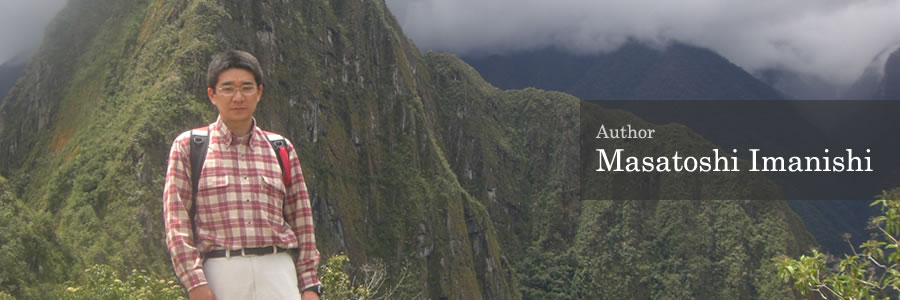What would you like to introduce to readers in this series?
Observations have unveiled that supermassive black holes with masses greater than 1 million times that of the Sun are ubiquitous in the centers of the many galaxies scattered throughout the Universe. It is thought that when gas-rich galaxies collide, large amounts of matter fall into previously existing supermassive black holes, causing the black hole mass to increase sharply. At that time, large amounts of radiation are emitted from the disk structure (accretion disk) formed around the supermassive black hole, making observational research possible. However, the supermassive black holes in these merging galaxies are hidden by large amounts of dust. Because of this, the intensity of easy to observe and widely used visible light is strongly attenuated by dust extinction. This prevents accurate research. It is a situation to use infrared light which is only weakly affected by dust extinction. Through infrared spectroscopy observations, we found a technique to methodically study supermassive black holes actively accreting mass which are buried in dust, and successfully elucidated their nature. I want to tell the readers the importance of doing original and unique research; of developing a new technique that no one in the world has thought of and using it to solve the unresolved questions of the Universe.
My research field and current interests:
Now, we are using observations at longer wavelengths, milimeter/submillimeter, with ALMA to confirm our previous infrared research result. We continue this research with the goal of presenting more robust results which leave no room for differing interpretations.
Supermassive black holes actively accreting matter, which are buried deep in dust and thus invisible to visible light, are thought to have a large effect on the galactic environment by blowing out and heating the surrounding gas in the host galaxy. From this reason, a clear understanding of this phenomenon is very important to accurately understand the evolution of galaxies in the Universe. The method we discovered based on infrared spectroscopic observation is very effective for this purpose. We want to apply it to the distant Universe where the peak of galaxy formation activity can be seen.
At the same time, systematic ibservations of the large scale structure using the Subaru Telescope's visible wavelength, wide field-of-view camera Hyper Suprime-Cam are expected to being in 2014. It is predicted to find many celestial objects (actually only the ones which are not buried in dust) shining extremely brightly through the in-fall of matter onto supermassive black holes near the edge of the Universe. When we observe these celestrical bodies by infrared spectroscopy, we can determine the mass of the supermassive black hole. And we can do important research about how supermassive black holes formed in the early Universe and how they evolve. Within 2-3 years, I want to produce results about this theme which will have an impact.
From now, I think I want to do research pursuing the origins of supermassive black hole formation in the Universe.
Data
- Name
- Masatoshi Imanishi
- Affiliation
- Subaru Telescope, NAOJ
- Job Title
- Assistant Professor
- Field of Expertise
- Infrared Astronomy / Galactic Astronomy
